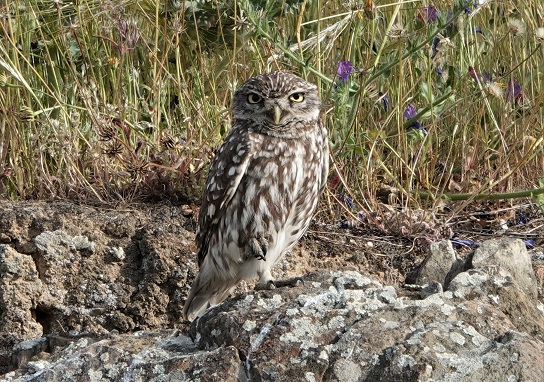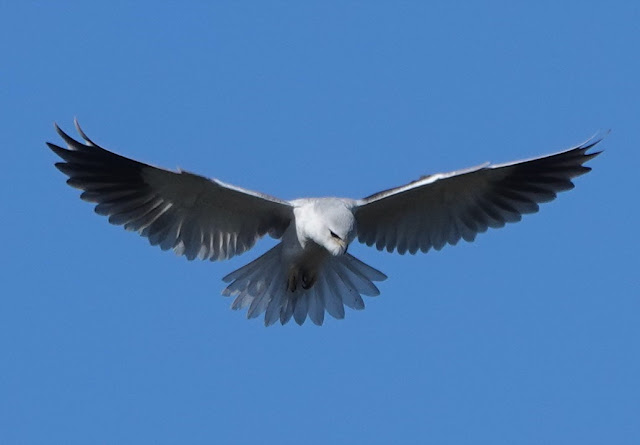A mix of seasoning
 |
| Common Snipe (John Hawkins) |
The exceptionally warm and sunny second half of October, which followed two weeks of generous rains has brought us a landscape of special beauty. Extremadura's second spring still flourishes right to a Halloween climax. Not only have we witnessed waves of flowering of autumn beauties such as Serotine Narcissus and Autumn Snowflakes, ephemeral but powerful too as they symbolise the breaking of the drought, but the pastures are lush with grass that keeps on growing. Humans are readily deceived by the fickleness of seasons, and so it seems are many insects too: it is the end of October but there is still much to see. Without any real effort over the last couple of days I have found nine butterfly species and half a dozen dragonflies.
Birds however are different. Most are programming their annual cycles, breeding and migration on day length. We have the somewhat curious experience at the moment of days looking and feeling like full spring, yet with an avifauna that does not match. Just over a week ago I saw my first Common Cranes of the autumn, a family party aptly standing, framed indeed, in oak dehesa. Within less than a week, there are now other groups arriving on the stubble fields to feed. Robins and Song Thrushes are in the garden, whilst on the plains Common Starlings are feeding beside their larger, stockier Spotless cousins. Wintering Chiffchaffs and Blackcaps are piling in, as indeed are waterfowl on the reservoirs.
 |
| Rice harvest (Martin Kelsey) |
Perhaps the weather does play some tricks on the birds, one is used to hearing the autumnal song of Robins as they establish and defend their winter territores, but today I relished at the sight and sound of drumming snipe, a vibrant buzz rather than a drum, and wholly unexpected, as the bird towered above me and then dropped vertigiously, causing specially adapted tail feathers to vibrate. It is a behaviour I associate with the hormone rise of spring.
 |
| Quinces (Martin Kelsey) |



Comments